Previous Chapter « Table of Contents » Next Chapter
Designing and implementing an unpaved road improvement program requires a comprehensive understanding of specific site, road, and traffic characteristics and, depending on how a practitioner goes about it, can lead to different decisions about what is the most appropriate dust control solution for an unpaved road.
Finding and accessing readily available, user-friendly published information on establishing an unpaved road improvement program incorporating dust control appears to be an unmet need and concern for many unpaved road managers. Consequently, managers often rely on additive suppliers and vendors for guidance who, understandably, will encourage the use of their product even though it may not be the best solution for a particular section of road. Competing suppliers and vendors may also provide conflicting advice, leaving the road manager in doubt as to which approach to take.
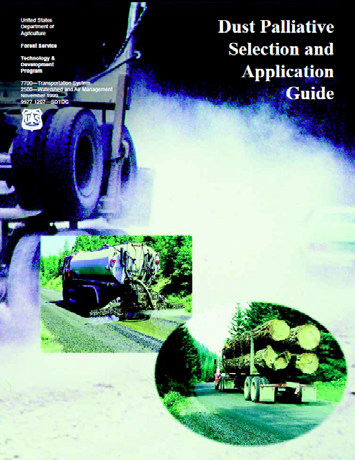
Road manager experience in establishing unpaved road improvement programs varied considerably across the locations visited. In some locations, road managers had researched the topic, typically following the US Forest Service Dust Palliative Selection and Application Guide and experience and/or recommendations from other experienced managers in neighboring jurisdictions. In other locations road managers relied on information and recommendations from suppliers and vendors. Most scan tour hosts were unaware of how additives were categorized, the full extent of available additives, or how to select an appropriate additive with confidence for a particular situation.
The first task in establishing an unpaved road improvement program, with specific emphasis on using chemical treatments, is to document the features of the unpaved roads in the network. This includes a survey of the road and adjacent land, and possibly working with the road users and those who live next to it to understand public perceptions of problems with the road.
Information that needs to be collected includes:
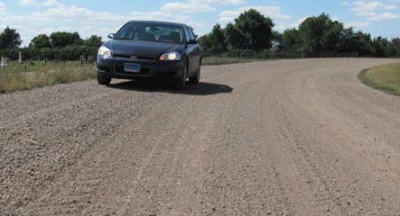
Figure 18. Photo. Super-elevation on sharp curve.
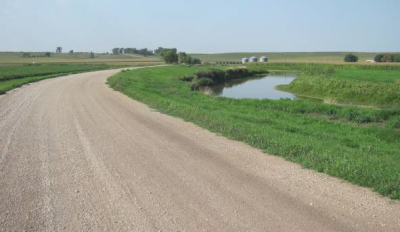
Figure 19. Photo. Mixed adjacent land use.
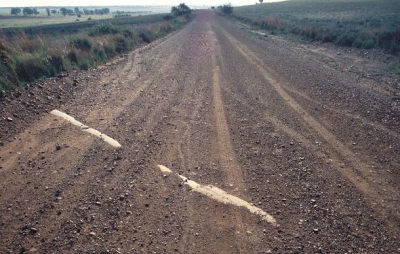
Figure 20. Photo. Insufficient, poor quality gravel.
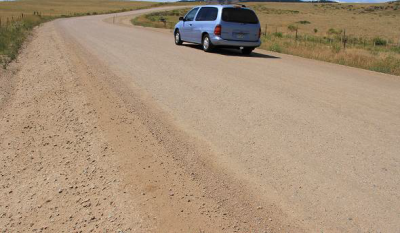
Figure 21. Photo. Road with good drainage.
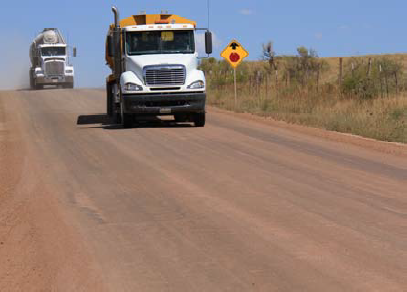
Figure 22. Photo. Truck on treated road.
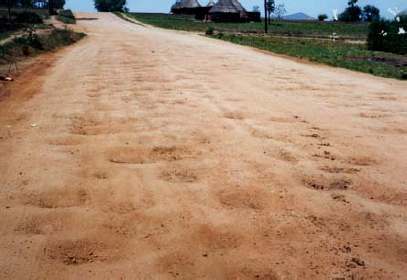
Figure 23. Photo. Potholes caused by poor drainage.
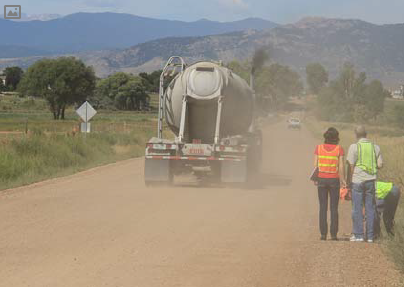
Figure 24. Photo. Acceptable dust level.
Based on the data collected, the road manager will need to rank the roads for improvement. The criteria used for this condition ranking will initially depend on the type and levels of distress, but may also be influenced by public complaints, political intervention, and/or funding mechanisms. Not all roads will require chemical treatment. When considering chemical treatment, it is often best to first treat those roads that have adequate gravel thickness and are in good condition (that is, keep the "good roads good" [Figure 25]) and then to improve and treat the poorer quality roads
(Figure 26). This strategy is usually more cost- effective in the long run and will ultimately bring all roads to an acceptable standard faster than by adopting a "worst first" strategy (fixing bad roads first costs a lot, leaving limited or no funds to maintain the good roads, which will quickly deteriorate to a poor condition).
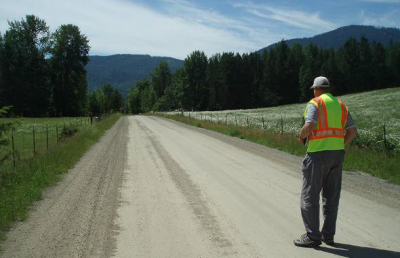
Figure 25. Photo. Keeping a good road good.
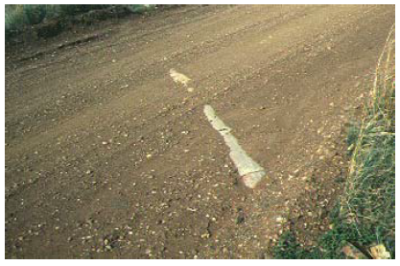
Figure 26. Photo. Road requires upgrade before treatment.
CASE STUDIES
Example case studies are provided in Figure 27.
Case Studies
1) A logging road in the Pacific Northwest has heavy seasonal traffic of lumber haul trucks (High average daily traffic [ADT]), considerable dust generation in the summer, is subject to freeze/thaw cycles in winter and spring snow melt as ell as seasonal rains in spring and fall, with the base and surface sources worn below minimums and with significant washboarding. Dust control is clearly needed to alleviate the safety issues related to reduced visibility for haul trucks and prevent dust falling into streams. Before any chemical dust control is applied, a cost-effective solution for this road would likely be to apply and grade a new base and surface courses to the specified thicknesses, followed by incorporation of a durable or regionally prove stabilizer/dust control additive into the surface course.
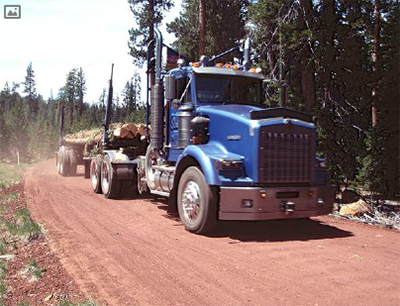
Figure 27. Case studies illustrating the need for appropriate strategies for local conditions.
2) A campground/trail head access road in the Southwest is dry most of the year, has seldom freeze/thaw cycling, with a low ADT of mostly light-duty vehicles, occasional heavy summer monsoon rains and occasional mild frontal winter rains. The road is seldom, if ever, re- graded. Only limited, thin surface course is present, which is in fairly good condition with dust needing to be controlled for aesthetic and environmental reasons. In this case, a topical application and minimal road preparation may be sufficient.
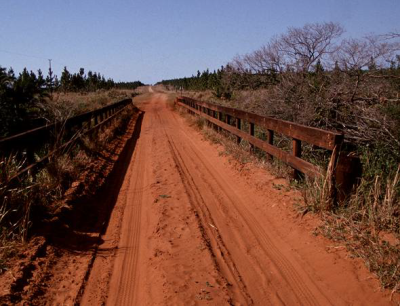
Figure 27. Case studies illustrating the need for appropriate strategies for local conditions (cont.).
3) A rural road in the Midwest has moderate ADT, mixed traffic types including light duty vehicles and seasonal farm equipment, some rutting and ponding of water on the road surface is known to occur, freeze/thaw cycling in winter, significant spring precipitation can be expected. Summer dust control is needed because of nuisance dust affecting residents in adjacent homes and businesses and because of road safety issues. The road is periodically graded to restore the crown and remove the potholes and minor rutting. In this situation, an incorporation method, applied in concert with the annual regrading and road reshaping, may be the best approach.
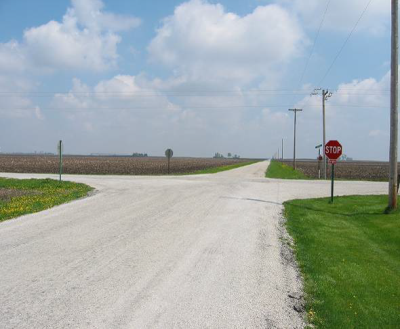
Figure 27. Case studies illustrating the need for appropriate strategies for local conditions (cont.).